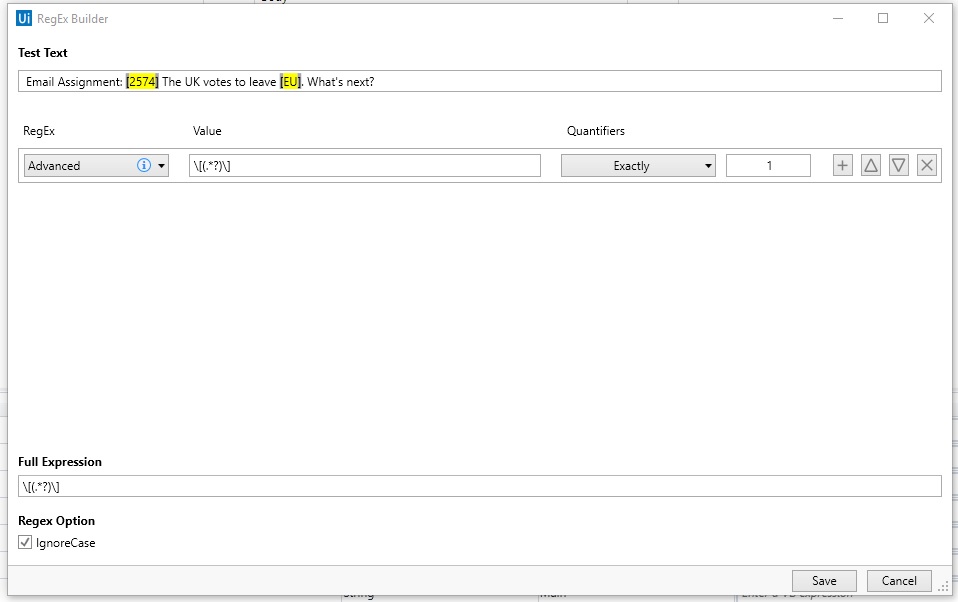
String = string.replaceAll( "Python", "Jaffa") To that end, you can use the short-hand replaceFirst() and replaceAll() methods of the String class, which calls the Matcher (which in turn calls String methods.) to modify a String, on the first (or all) occurrence of a given sequence is matched.īoth methods accept a RegEx and a replacement String - the replaceFirst() replaces the first occurrence of that sequence of characters with the replacement String, while the replaceAll() method replaces all occurrences:ĭownload the eBook String string = "Python is a general-purpose programming language. The Matcher class doesn't only match - it can be used to replace certain parts of Strings, found via Regular Expressions. The replaceFirst() and replaceAll() Methods Because of this, the common understanding of the method is that it splits on a certain character - but there's the possibility of getting creative here. The most common use-case is splitting an input String, in CSV format: String countries = "England,Japan,Italy,Kenya,Mexico" Īdditionally, sentences are oftentimes broken down into words by splitting on each " " (whitespace)`. If your RegEx is a single character, it'll split on instances of that character - though, you're not limited to single characters.

The split() method splits the given string, on every occurrence of the given Regular Expression. Many are acquainted with the method being told that it splits the string based on the given character/delimiter, however, this isn't fully accurate. The split() method is a commonly used method. That being said, the method is case-sensitive by default. Well, exactly as you might've imagined - the methods ultimately call the classes from the regex module, and using String RegEx methods is technically the exact same as using the classes themselves - just cleaner and less verbose. Though, this requires the creation and use of two additional objects - which, although works just fine, is a bit verbose and unnecessary.Ī cleaner, more elegant solution on the client's end was much needed, for simple matching, and the String class was imbued with a few methods pertaining to Regular Expressions. The regex package in the standard Java API has introduced us to the Pattern and Matcher classes that we can use to represent Regular Expressions and check for matches. If you'd like to read more about Regular Expressions and the regex package, read out Guide to Regular Expressions in Java! String RegEx Methods in Java In this short guide, we'll take a look at the built-in RegEx methods, which are a part of the String class and allow us to avoid the hassle of working with the Pattern and Matcher classes. Return System.Regular Expressions (RegEx) are a powerful tool and help us match patterns in a flexible, dynamic and efficient way, as well as to perform operations based on the results. Private long time = System.currentTimeMillis() Yes you are right, ^ (beginning of line) is not required here.īut if you are worrying about performance (who isn't?), look at this simple test: But could not identify the purpose of it here. I know that ^ is to indicate the beginning of line.

you could use positive lookaheads to check this condition,

It is easier and much more faster to check this condtition in this way: Here we have 2 words and 2 possible combinations of order of words in a string.įor three words 'DOG' or 'CAT' or 'ELE' we have 6 possible combinations of order, so our regex pattern must be: To check if a string contains two words 'DOG' or 'CAT' we can use this pattern: Thus a position of a word or a character in a string is significant, and regex is probably not the best tool to check this kind of condition.
#JAVA REGEX SERIES#
Remember that regex is an engine that operates on series of characters/words, not on sets of characters/words, Regex pattern "ABC" means: string matches the pattern "ABC" if it has A as a first letter AND B as a second letter AND C as a third letter. But one could say that Regex has implicit AND operator


 0 kommentar(er)
0 kommentar(er)
